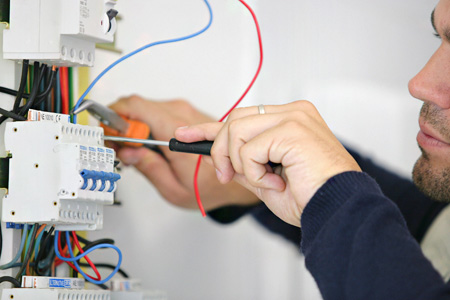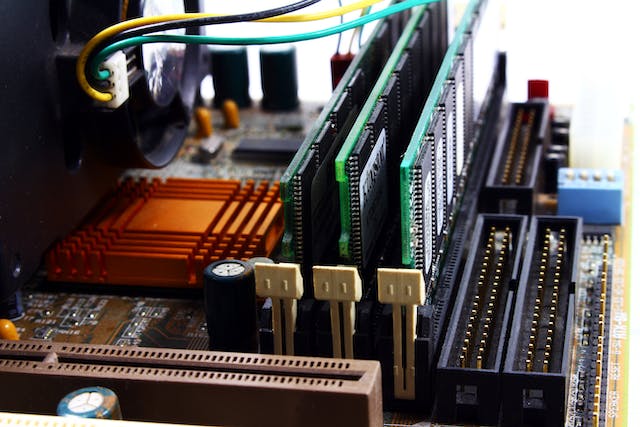Electricity is the lifeblood of modern living, powering our homes and enabling us to enjoy countless conveniences. However, domestic electrical installation is a complex and potentially hazardous task that requires careful planning, expertise, and attention to detail. Whether you are renovating your home, upgrading your electrical system, or simply need to fix a faulty outlet, this guide will provide you with essential insights and tips to ensure a safe and efficient domestic electrical installation.
Understanding the Basics
Before diving into the intricacies of domestic electrical installation, it’s crucial to grasp the fundamental concepts. Electricity flows into our homes through a main service panel, branching out into circuits that power various appliances and devices. Understanding circuitry, voltage, current, and resistance is essential for any successful installation project.
Safety First
Safety should always be the top priority when working with electricity. Before starting any installation, turn off the power at the main circuit breaker to avoid electrical shocks. Additionally, use insulated tools, wear appropriate safety gear, and test circuits to ensure they are de-energized before touching any wires. If you’re unsure about any aspect of the installation, consult with a qualified electrician.
Planning Your Installation
Careful planning is the cornerstone of a successful electrical installation. Begin by creating a detailed diagram of your home’s electrical system, marking the location of existing outlets, switches, and appliances. Determine the power requirements of new devices you plan to install and calculate the total load on each circuit to prevent overloading.
Choosing the Right Materials
Selecting high-quality materials is essential for a safe and durable electrical installation. Invest in reputable brands for wires, switches, outlets, and circuit breakers. Consult local building codes to ensure you comply with regulations regarding materials and installation methods. Using the correct wire gauge and insulation type is crucial for preventing overheating and electrical fires.
Mastering Wiring Techniques
Understanding various wiring techniques is crucial for a successful domestic electrical installation. Whether you’re dealing with outlets, switches, or light fixtures, mastering techniques such as stripping wires, creating secure connections, and properly grounding circuits is essential. Always follow manufacturer instructions and local codes to ensure your wiring meets safety standards.
Troubleshooting and Maintenance
Even the most meticulously planned installations can encounter issues over time. Knowing how to troubleshoot common electrical problems, such as short circuits or overloaded circuits, is valuable. Regular maintenance, including checking for loose connections and inspecting insulation for signs of wear, can prevent potential hazards and ensure the longevity of your electrical system.



